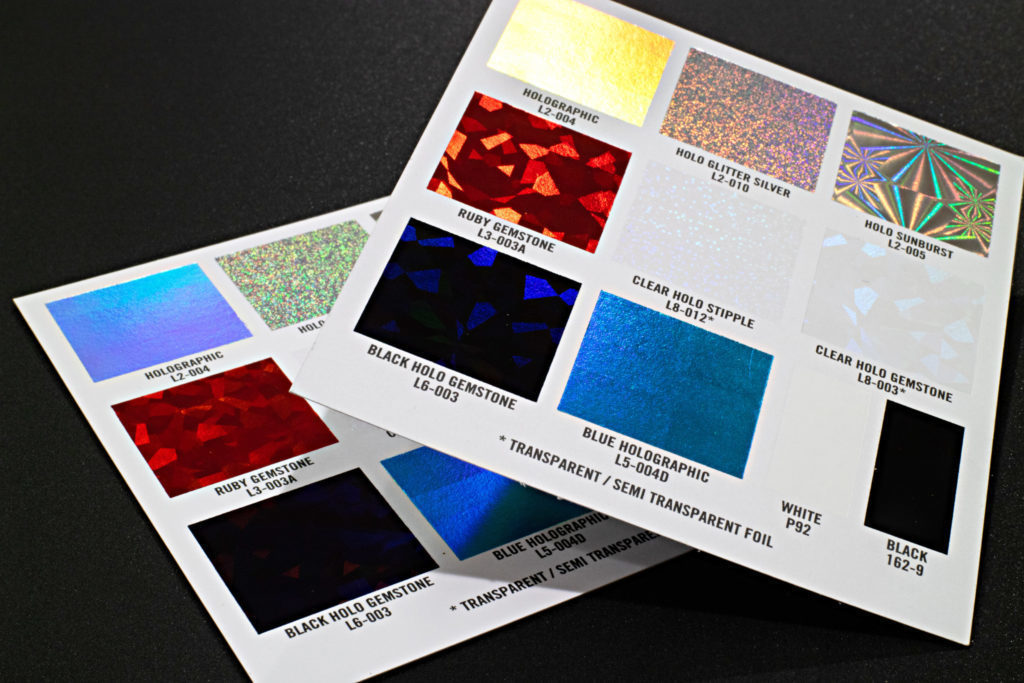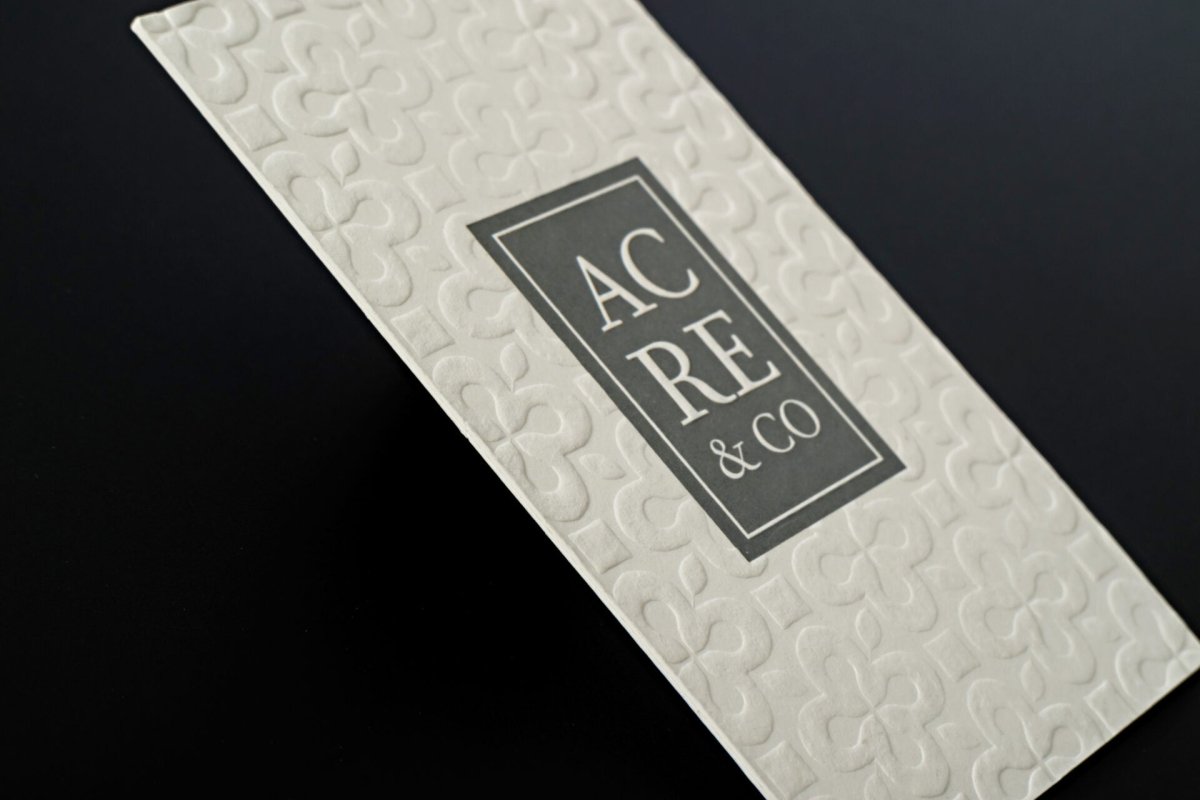
10 Common Presentation Design Mistakes to Avoid
adminShare

10 Presentation Design Mistakes that are Holding You Back
Imagine sitting for a presentation that you were genuinely looking forward to. The presenter starts the session, and the slide that he/she displays is cluttered with data and has too many pictures and displays more than a couple of fonts, which do not sync with each other.
What would your reaction be?
You would probably try to find an escape window and jump out of it! No matter how good his/her content would be, you would feel disappointed and annoyed by looking at those slides.
Therefore, it is extremely vital to maintain a good design practice and avoid some common mistakes that most presenters make. Here are ten such faulty habits to avoid in your next presentation -
1. Too Many Slides
This is one of the most common mistakes when it comes to presentations. The urge to include everything in one go often leads to unnecessarily long presentations. Not only does this waste your creative time, but it also deters the audience’s attention span.
After a few slides, your viewers are more likely to lose their focus. It is highly recommended to keep your presentations neither too long nor too short. This will help you deliver just the right content.
2. Selecting the Wrong Colors

Colors play a major role in determining a person’s focus, attraction, and attention towards you. Using color psychology in the right manner can help you win your audience in one go. It determines the way your audience perceives you and your company.
All major brands use a color theme to maintain their brand identity and amplify it. Let us consider the color blue, which is mostly used by technological companies like Facebook, Twitter, and Skype. This helps augment the values of trust, reliability, and worthiness that these brands indicate.
3. Using Too Many or Too Little Visuals

The best way to explain yourself flawlessly is through captivating and high-resolution PowerPoint presentation slides. Pay attention to your choice of graphics – they must reciprocate the message, align with the audience, complement the theme of your presentation, and must not look distasteful.
You can use anything from bar graphs, hierarchy charts, matrices, lists, and pyramids, to pie charts, etc. Make sure to use the appropriate graphic for any given information. For instance, using a timeline diagram would be suitable for depicting a process or sequential steps in a task, deadlines, and progress.
4. Too Much Information

When it comes to information, your viewers would not like to read much from the slides. Instead of cramping up all information regarding the subject into one presentation, try to prioritize your content and put it up as per its value to the audience.
Including excessive data can overwhelm your viewers and make them feel uninterested. Keeping the clutter away will allow you to present in a better manner.
5. Lack of Alignment
The human mind runs on alignment. Imagine sitting in a room full of paintings that are tilted, upside down, and unsystematically arranged. Would it not irritate you or make you want to leave the room immediately? Of course, it would!
Similarly, when the content in your presentation is not aligned properly, it indicates a sign of laziness and recklessness towards the presenter. Not only does it demean your value, but it also makes your audience lose their interest in you and the presentation.
6. Incorrect Fonts

Fonts are the backbone of your presentation. If you use a font that isn’t easily readable by your audience, your http://www.gulfportpharmacy.com/ content automatically goes in vain. Using fonts of appropriate size and style is extremely crucial for a great presentation.
Here are some tips regarding it -
- Avoid using cursive fonts in presentations as they are harder to comprehend from a distance.
- Use fonts that are evenly spaced.
- Maintain a fixed format for font sizes for different headings, sub-headings, paragraphs, and notes.
- Remember to maintain equal line spacing throughout the presentation.
7. Inconsistency

Consistency is the key, and it also applies when it comes to designing presentations. Maintaining a consistent look at your presentation is a crucial task. It makes your slides look robust and uniform.
Here are a few things to keep in mind -
- Ensure equal borders on each slide.
- Make sure to use the same font on every image for its description.
- Use a branding palette – specific colors and fonts.
- Keep your main headings in the same position on every slide.
8. Pixelated and Copyright Images

Adding images to presentations makes them look great, but not when they are pixelated or blurred. Instead of using images directly from your browser feed, stick to your self-created pictures, or you can use stock images that are free of cost. This allows your presentation to stand apart and does not make you look shabby.
While using pictures from the internet, make sure to check for copyright issues. If there is a source of that image, remember to mention the credits for the same.
Remember to check the pixels of your images - nobody likes an image that is unclear or dismal. Make sure they are high-resolution images that can be seen from far away by your audience.
9. Using Complicated Transitions or Animations
Presentations do not need to be complicated to operate and understand. Adding complicated animations and transitions can divert a person’s complete attention towards them instead of the presentation itself. This can also get on people’s nerves if they’re running short of time. Thus, transitions and animations must be kept extremely simple and be used only when necessary.
10. Repeating Content
Repeating information is one of the most common mistakes in drafting presentations. From facts, figures, and data to images, visuals, and graphs- even one repetition takes away the charm of the entire presentation.
Make sure to check and re-check your slides before finalizing them for your big day. Ensure that each point is unique in itself and have its sources checked.
Conclusion
Designing a presentation is no rocket science and can be mastered by constantly learning from our own mistakes, understanding its basics, and seeking smart choices. It is often said that a book must not be judged by its cover, but seldom is it done so. Thus, your presentation determines your first impression, so make sure you leave a good one by avoiding these design mistakes.


